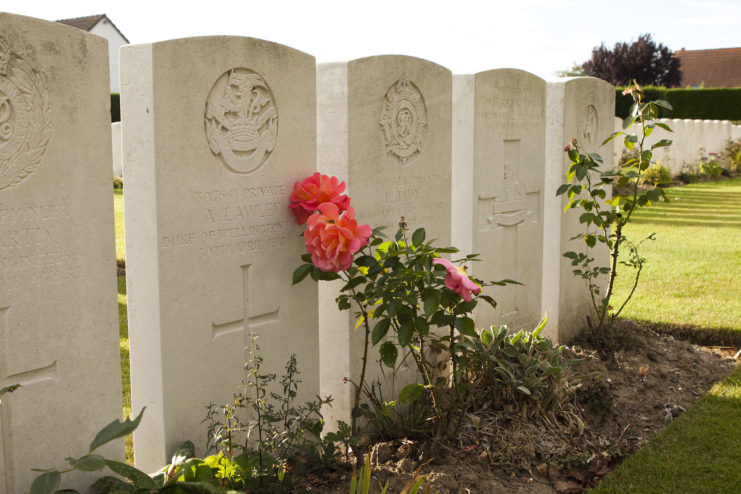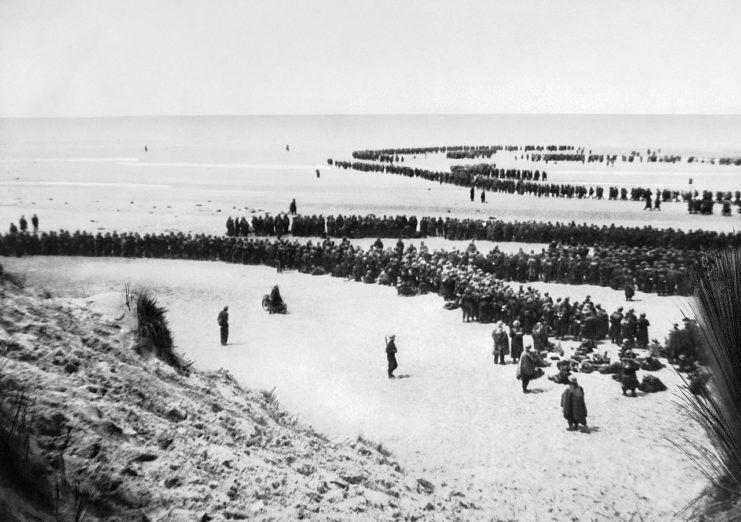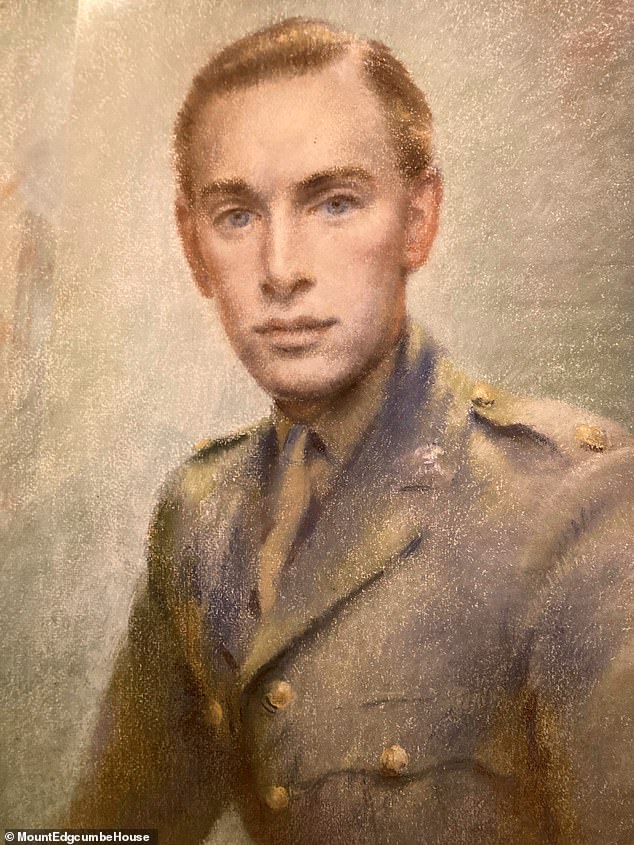Lieutenant Piers Edgcumbe, the son of the 6th Earl of Mount Edgcumbe, was killed while scouting Nazi German forces during the Blitzkrieg in May 1940. His body has never been identified until now.
Considered a hero of the battle at Dunkirk, Edgcumbe was 25 years old when he and Lance Corporal Leonard Webber, 19, went out with a forward reconnaissance unit to locate the enemy troops and report their whereabouts to headquarters.
Both men died when their armored transport was hit with a 88 mm shell in Esquelbecq in northern France.
The remains of the two men were hurriedly buried in a roadside grave. A year and a half later, the two were exhumed and buried in the town’s cemetery.

Webber’s remains were identified and his grave was marked accordingly. Edgcumbe’s remains were not identified so his grave was marked only as “unknown officer.”
His family was informed that he had died but they never knew what happened to his body.
Andrew Newson, an amateur British historian, visited the grave in 2003 and determined to identify the remains of the officer buried there.
It took him seventeen years but he was able to piece together hundreds of documents from French and British archives which prove that the remains in the grave belong to Edgcumbe.
The Commonwealth War Graves Commission (CWGC) has confirmed Newson’s research. They have announced that a named headstone will be erected at the grave as soon as COVID travel restrictions are lifted. With any luck, that will happen this summer.
Finding the identity of Edgcumbe’s remains was a bit like finding a needle in a haystack as there are 45,000 men missing from the battle in Dunkirk. Add to that the burden of proof that the CWGC requires before accepting that the remains have been positively identified and the accomplishment of Newson seems all the more impressive.
The former corporal in the British Army Royal Signals said that he was just happy to have played a part in identifying a prominent individual who has been unrecognized for over 80 years.
Edgcumbe served with the 12th Royal Lancers in the British Expeditionary Force in France in 1940. Webber served in the 2nd Battalion Queen Victoria Rifles.

Newson’s curiosity was piqued when he noticed the office and the enlisted man buried side-by-side and killed on the same day. He soon learned that Webber should have been with his unit in Calais but he had been seconded for reconnaissance missions at Dunkirk and served under Edgcumbe.
Newson located records in the British National Archives that indicated Edgcumbe and Webber were listed as missing, believed killed, just down the street from the cemetery where they are buried.
Edgcumbe was the only officer from the reconnaissance unit who was listed as missing.
Newson then obtained the exhumation report which described the appearance of the “unknown officer.” It exactly matched the appearance of Edgcumbe.
Another Article From Us: The Last Flying He 111 Crashed in 2003 (Video)
Edgcumbe’s nephew made a statement for the family in which he expressed gratitude that his uncle’s grave had been found so that he can be honored appropriately.
